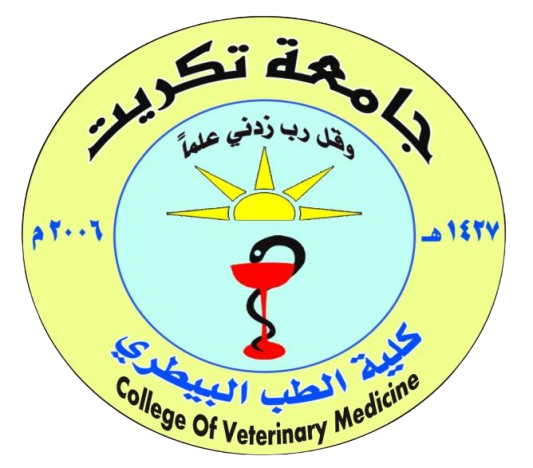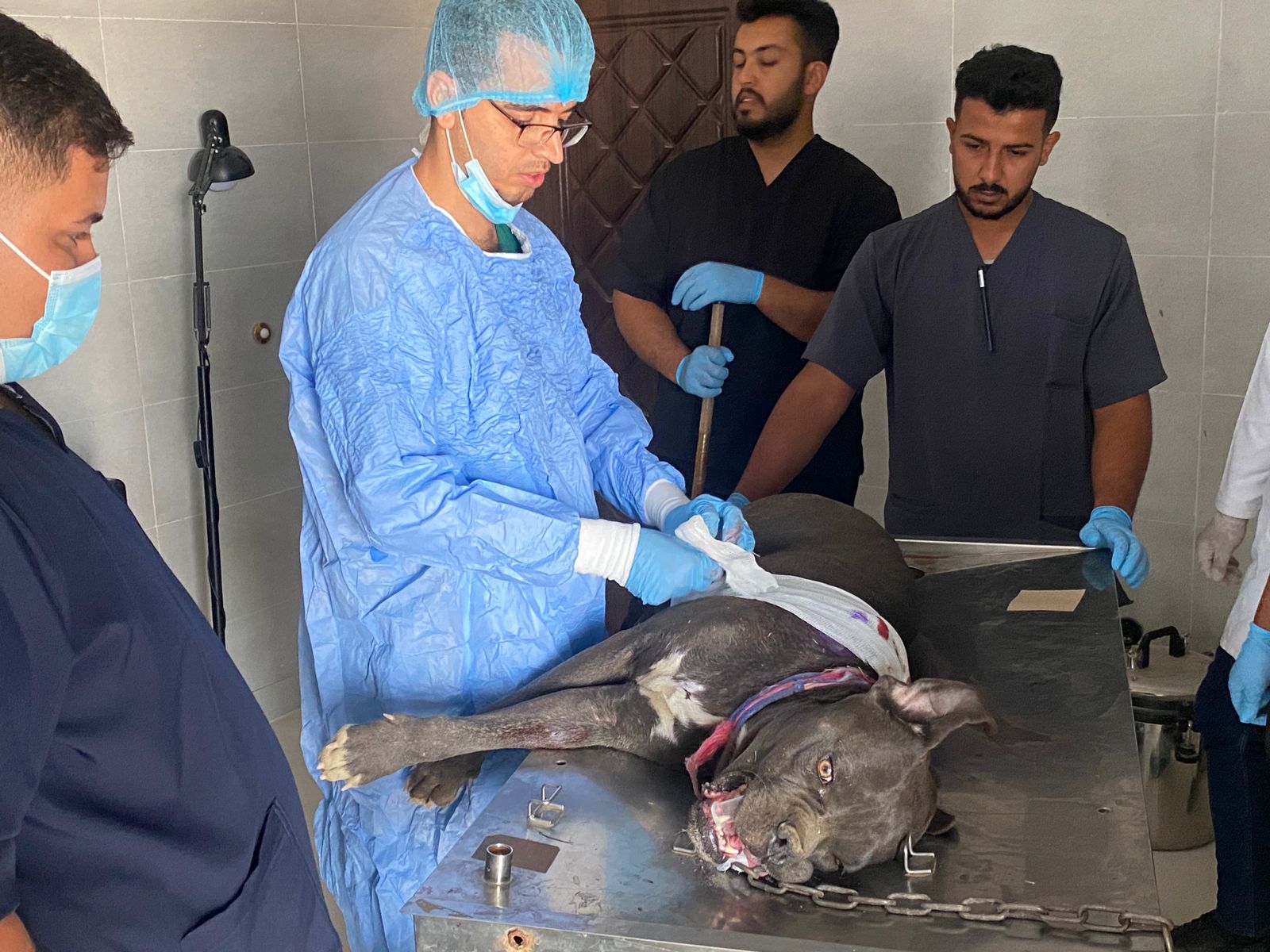
A. Administration:
The management of the External Veterinary Clinic plays a vital role in ensuring smooth and effective operations by organizing and coordinating all activities and processes to guarantee the provision of excellent medical care for animals. Administration includes the planning, implementation, and evaluation of all procedures related to clinical care, as well as human, financial, and administrative resources.

B. Clinical Diagnostics Laboratory
The **Clinical Diagnostics Laboratory** is one of the core components of the External Veterinary Clinic, playing a vital role in providing accurate diagnoses and effective treatments for animals. The laboratory conducts a wide range of tests and examinations that assist in identifying medical conditions and provide essential information for veterinarians. This report presents a detailed description of the Clinical Diagnostics Laboratory within the External Clinic, including its infrastructure, equipment, and services.
Objectives and Missions
- Disease Diagnosis: Performing diagnostic tests to identify animal diseases and health disorders, including infectious diseases, chronic conditions, and emergency cases.
- Research Support: Contributing to veterinary research by providing data and analyses essential for studies on diseases and therapeutic techniques.
Space and Design
- Space: Dedicated areas for laboratory examinations, sample handling, and results processing. Laboratories are designed to be clean, sterile, and logically organized to ensure smooth workflow.
- Design: Ensuring a safe and comfortable work environment, with attention to environmental factors such as ventilation and lighting, while minimizing contamination risks.
Equipment and Tools
- Biological Analysis Devices: Including blood chemistry analyzers, urinalysis devices, and immunoassay analyzers.
- Sample Collection Tools: Such as needles, sample collection tubes, and precision testing devices.
- Sample Preservation Equipment: Including incubators and electric refrigerators.

C. Operating Rooms
1. Operating Room for Large Animals
Space and Design:
-
Space: Designed to be spacious enough to allow proper movement for medical teams as well as surgical tools and equipment.
-
Design: The room features slip-resistant, easy-to-clean flooring, with walls possibly coated with antibacterial materials. Proper ventilation systems are installed to manage odors and contaminants.
Equipment:
-
Operating Table: Built to support the weight of large animals and adjustable to different positions.
-
Surgical Instruments: Includes tools appropriate for large animal surgeries, such as orthopedic instruments, as well as anesthesia and resuscitation equipment.
-
Lighting: Strong, focused lighting to ensure precise visibility during surgical procedures.
Facilities:
-
Preparation Area: Equipped with sterilization tools, surgical supplies, and organized storage for instruments.
-
Camera-Linked Screen: For displaying live visuals of the surgical procedure.
2. Operating Room for Small Animals
Space and Design:
-
Space: Smaller than the large-animal operating room, designed to create an appropriate environment for surgeries on small animals such as dogs, cats, and rabbits.
-
Design: Focuses on providing a safe and comfortable environment. Additional features may include soft lighting and calming colors to reduce animal stress.
Equipment:
-
Operating Table: Specially designed for small animals, with easy adjustment of height and positioning.
-
Surgical Instruments: Fine, delicate tools suited for small-sized animals, including microsurgical instruments.
-
Electrocautery Device: Used to control bleeding during surgical procedures.
-
Sterilization Unit: For sterilizing surgical instruments prior to operations.
-
Lighting: Adjustable, precise lighting to ensure clear visibility throughout procedures.











